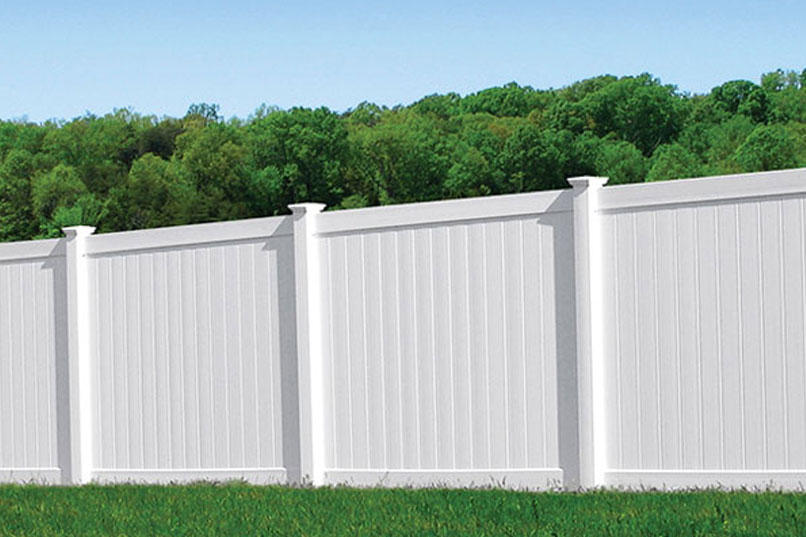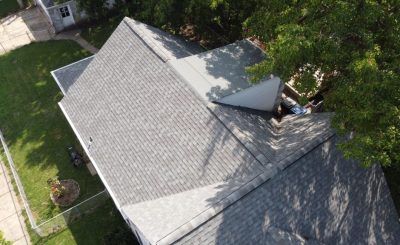
On the fence about choosing the correct material, with many available choices, it is not an easy decision. To make an informed decision, plan ahead and research style and material choices. Many factors, such as climate, purpose, and style of a home, influence the choice of fence material. Add to that building, zoning, and homeowner association regulations also factor into the decision to choose one type of material over another. Popular material choices include wood, metal (aluminum, steel, wrought iron), vinyl, and bamboo. Common metal fences are chain-link, or wrought iron type, with chain-link as the favorite choice. Cost includes a wide range from as low as $9 per linear foot to $35 per linear foot.
Each fence type has advantages and disadvantages to explore. Choice is based upon usage and fence type. For privacy and security, i.e., to protect children, pets, or for a pool enclosure, a solid fence panel, of wood or vinyl composition, is a good choice. Some people prefer visibility and like the elegant style of wrought iron type fences made from modern steel which is flexible and less expensive than a traditional wrought iron fence. To find suitable fence material, research online.
Chain Link Fencing
Chain-link fabric is made of galvanized metal with some fences constructed of vinyl covered chain-link fabric. Steel posts secure the fence fabric. Metal wires run in a vertical zigzag pattern and are hooked together giving the appearance of a diamond shape. Chain-link fence is available in 10 to 50 foot rolls. Weather-resistant vinyl covered chain-link fencing comes in green or black colors with bare silver metal as the most common choice. Decorative plastic slats are inserted for aesthetic appeal and privacy. Many homeowners choose this type of fence to protect their pets.
Wood Fencing
Wood fence panels, commonly called stockade fence, are long lasting and widely available. Pressure-treated wood panels and posts last several years longer than untreated wood panels. Pine, Douglas fir, redwood, and spruce wood may be treated with a pressure-treated chemical to prevent termites and fungal decay. Lattice topped panels provide beauty and function. Stick-built fences constructed of individual boards, rails, and posts follow the lay of the land, called racking, easier than preformed fence panels. Preassembled panels come in sections that are 4 to 6 ft. tall and 6 to 8 ft. long.
Since the 1980s, vinyl panel fences have become a popular choice. Vinyl, PVC or polyvinyl chloride, fences have low-maintenance and compare in price to wood panels. Many homeowners choose vinyl fence because they are attractive, easy to clean, and do not decay or fade. Vinyl panels are constructed in 4 to 6 ft. tall and 5 to 7 ft. wide sections. Vinyl rails vary from 8 to 16 feet long. Vinyl panels sometimes use racking and stair-step installation to conform to the contour of the landscape.




